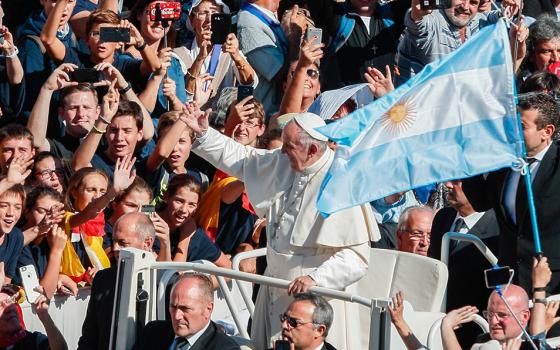Over at Crisis magazine, Wolfgang Grassl hits on a truly provocative idea - reviving the Catholic cultural ghetto we associate with the urban, ethnic parishes of the late nineteenth and early twentieth century - but, as is common with some Catholic conservatives, Grassl proceeds to mis the mark almost entirely. He thinks that, in hte light of the HHS mandates, our Catholic charities, hospitals, and schools should return to serving only our own. The problem here is obvious: The Parable of the Good Samaritan does not suggest that we should only seek to help our own poor but all the poor.
Nonetheless, I do think Catholics have to ask themselves what was lost when we lost the Catholic ghetto. Ironically, the hierarchy often feels burdened by the financial cost of maintaining the physical plant and archiecture of the ghetto - Cardinal Dolan called it a "millstone" around their necks - but the bishops should consider deeply how to rebuild the spiritual and cultural architecture of the ghetto in a non-ghettoized twenty-first century. The old Catholic ghetto, like today's modern megachurch, met a variety of very practical needs for its parishioners. People felt they belonged and were encouraged to participate. A high sense of responsibility to one another was cultivated. The liturgical calendar was as important as the profane one. There were a variety of programs to keep young people involved in the life of their parish.
Then, of course, it was anti-Catholic hostility in the ambient culture that made the ghetto a necessity. Today's ambient culture is not so much hostile as indifferent to Catholicism. But, if you go out to the exurbs, you will find plenty of people who are hungry for a sense of community, with many and varying concrete needs, and a deep desire to belong to a worshipping community because, when all is said and done, we humans are only truly happy when worship is a part of our lives. A ghetto for the twenty-forst century would not look like the one devised in the nineteenth, to be sure. Nor should it, as Grassl suggests, entail a turning away from the needs of our non-Catholic neighbors, especially the poor. But, we lost something when we moved to the interdenominational burbs, and we have not yet got it back. That is worth exploring.


